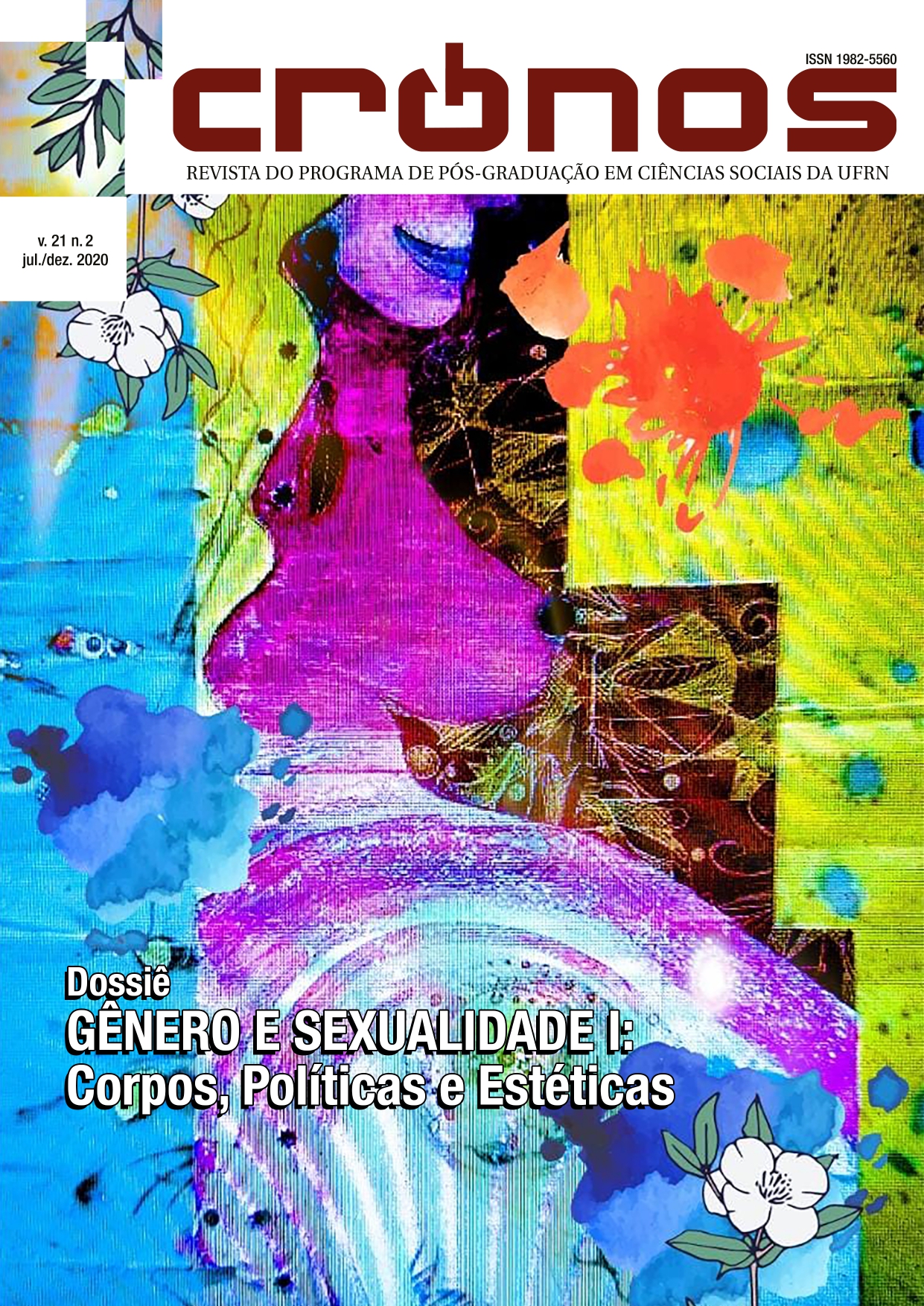The GRAPH OF DESIRE AS A THEORY OF LANGUAGE
Intentionality and speech acts
DOI:
https://doi.org/10.21680/1982-5560.2020v21n2ID25081Keywords:
Psicanálise, Linguagem, grafo do desejo, subjetividade, identidadeAbstract
We seek to answer, in this work, what happens when the human animal comes into contact with a language. To that end, we sought this answer from authors from philosophy and psychoanalysis, especially Slavoj Zizek and Jacques Lacan. The answer is founded in Jaques Lacan's theory of language: because it is spoken and to respond to the Other's appeal, the animal part of the human is eliminated, leaving access to it through the imaginary, as identification. Thus, the act of communicating leads to the constitution of identity through the question: ’who and what am I to the Other and to me?’. Identity and fantasy are aspects of the answer to these questions, articulating identity and thing. Within this articulation and subjection, through questioning, subjectivity is formed as an effect. Finally, we show the desire graph as a detailed explanation of these processes.
Downloads
Downloads
Published
How to Cite
Issue
Section
License
Copyright (c) 2022 Revista Cronos

This work is licensed under a Creative Commons Attribution-NonCommercial-ShareAlike 4.0 International License.


 English
English Español (España)
Español (España) Português (Brasil)
Português (Brasil)


